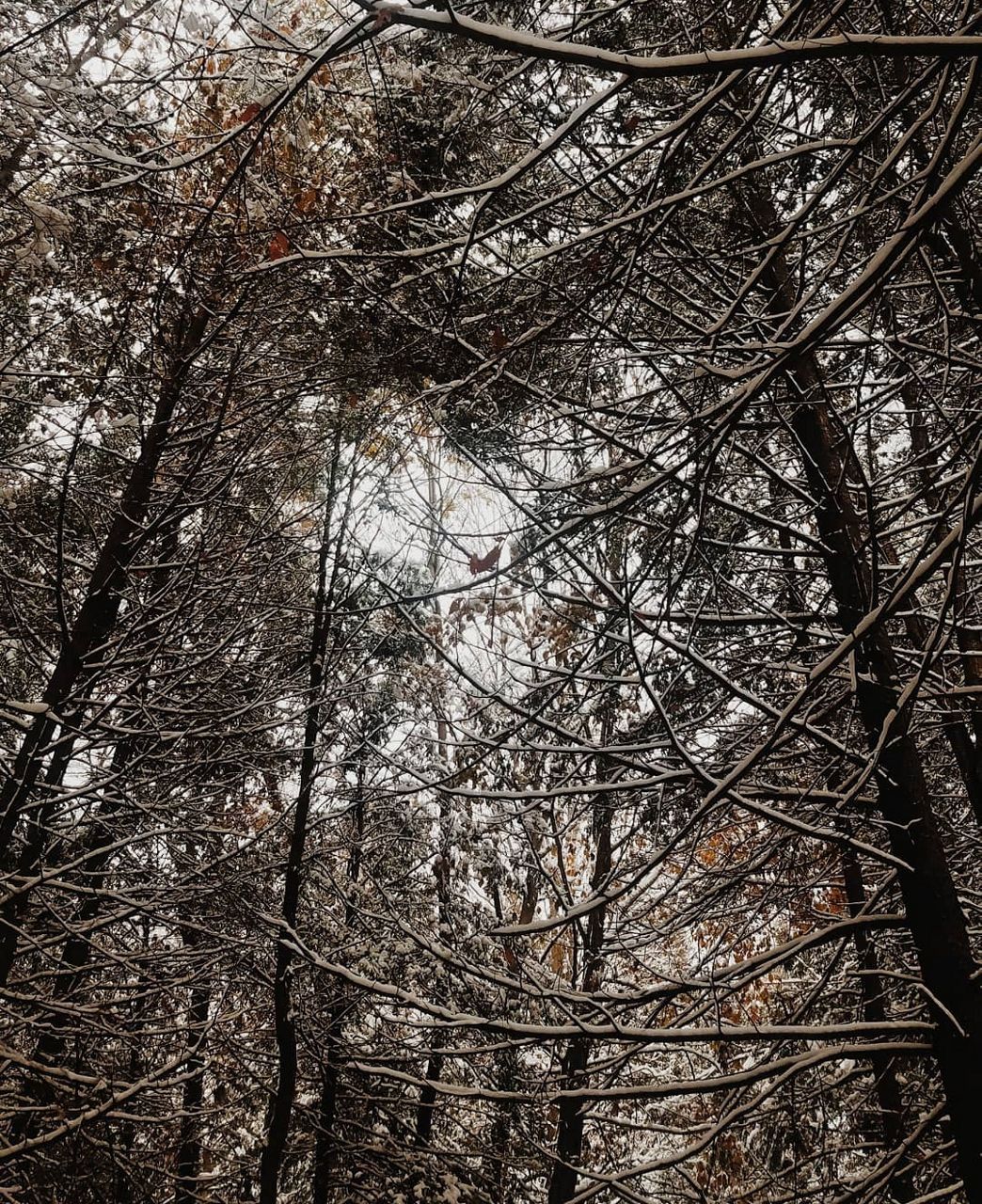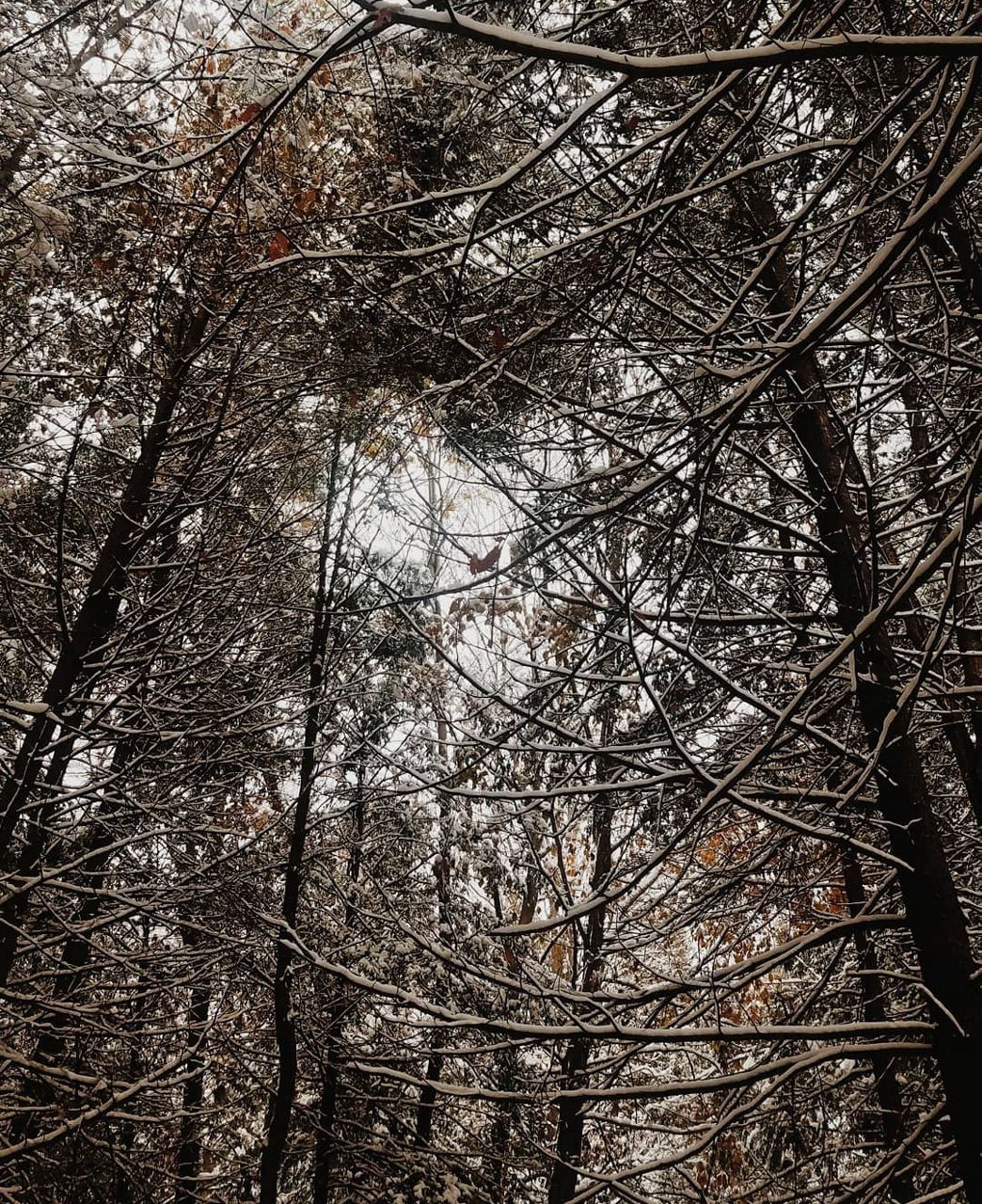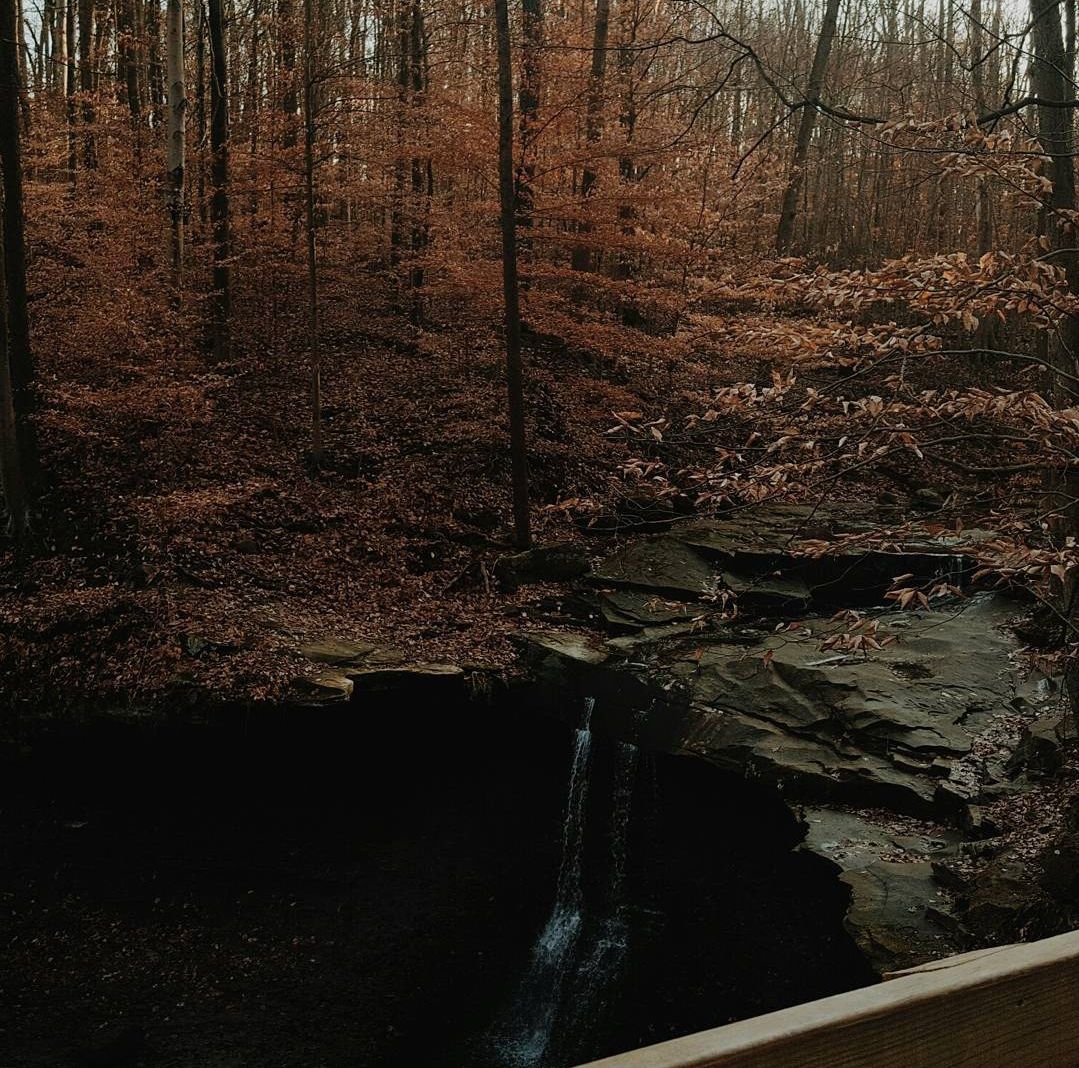OHIO — Between 2007 to 2018, the U.S. National Parks reported more than 2,700 deaths — some from suicides and others from accidents on the trails.
Most recently in Ohio, a woman hiking at Mohican State Park died after getting hit with a fallen branch.
Officials are now warning hikers to be able to recognize possible hazards, especially heading into the colder months where more accidents are likely to happen due to heavy snowfall and slippery conditions.
The U.S. Department of Agriculture Forest Service provides tons of tips on its website, depending on the locations, such as caves and water falls. The service even offers advice on what to do if you get lost.
Hazardous Trees
- Don’t camp or stand under leaning trees
Snowfall at CVNP. (Spectrum News 1/Lydia Taylor)
- Be aware of your surroundings by making sure to look up and check the trees around you for any signs of cracking or splitting
- If you come across a patch of dead trees, avoid the area as it could be a sign of structural defects
- If it’s windy or if a snow storm had just come through the area, trees are more susceptible to being damaged and falling
- Camp in open spaces in case trees fall
- If you see trees that could cause serious damage, report them to the officials at your park so they can take care of it
Slips and Falls
- Stay on the trails and remember that trees and bushes won’t always hold you up if you’re treading on a steep area
- Share your plans with others and tell them where you’re doing and when you expect to be back in case something does happen
- Know your limits and do only what you are physically able to do
- Dress appropriately for the weather and terrain
- Be weather aware and know what conditions will be like before you hit the trail
- Learn first aid and carry a kit with you at all times
- Remember that fallen leaves can make areas more slick and can hide under mud, snow, etc.
Caves
- Never let children explore caves by themselves
- Always have more than four working flashlights on you just in case one burns out
- Never go in a cave alone, and the rule of thumb is to have a group of four or more
- Don’t go in caves if rain is in the forecast, as they tend to flood suddenly
- Don’t run and jump in caves; the uneasy ground can result in sprained ankles or even broken bones
- Never touch cave formations like stalacites
Waterfalls
- Surfaces are slick, so wear appropriate footwear and take your time
- Although waterfalls are beautiful, getting a closer look may result in falling over the edge, so it’s best to stand back at a safe distance
- Don’t jump off waterfalls unless it’s desginated as a safe diving area
- Stay out of restricted areas
Blue Hen Falls at CVNP. (Spectrum News 1/Lydia Taylor)
Getting Lost
- First things first, stay calm and don’t panic
- Try to remember how you got to where you are and start to back track
- Wherever you are hiking, make a mental note of landmarks or areas along the way — such as an oddly-shaped tree or a large boulder
- Bring a map and a compass if you are going somewhere you’ve never been
- GPS can’t be reliable because connection is rarely available in parks
- Most trails have markers, so stay on the path
- Bring tons of water and snacks to keep yourself hyrdrated and nourished
- If there is service, call for help
- Tell loved ones where you are going and how long you expect to be there






